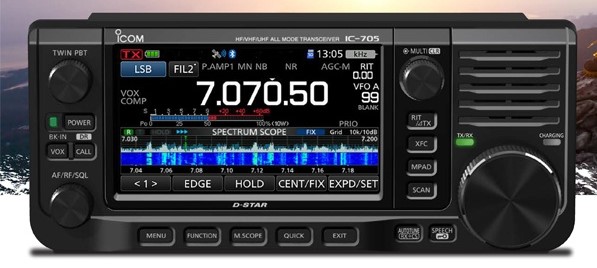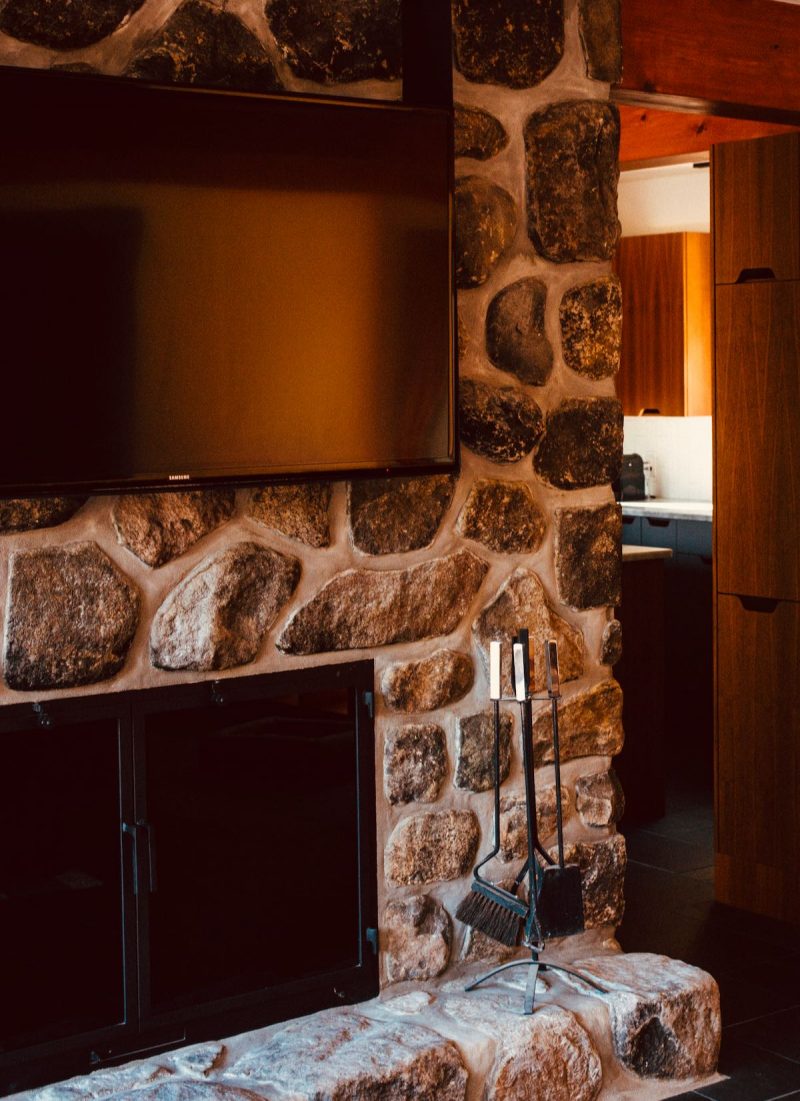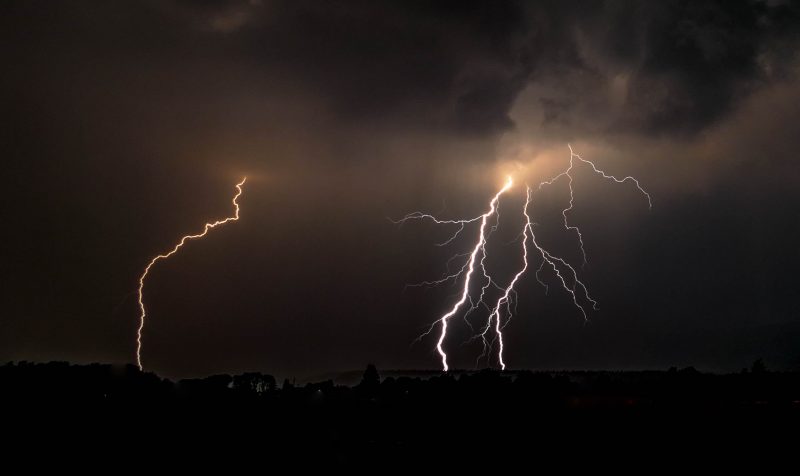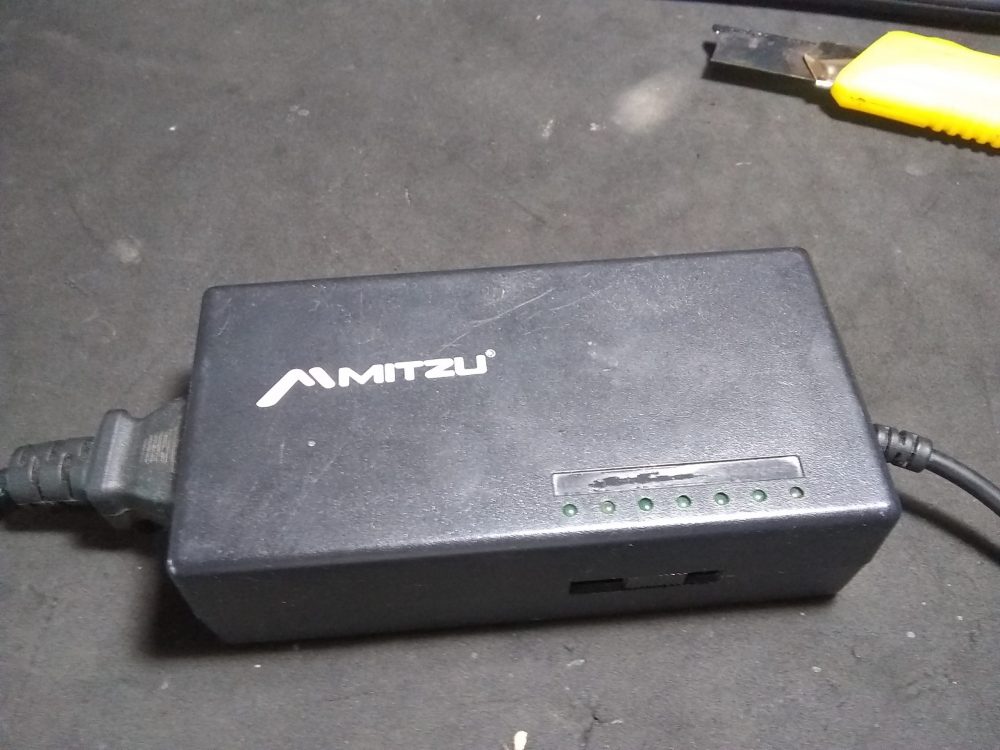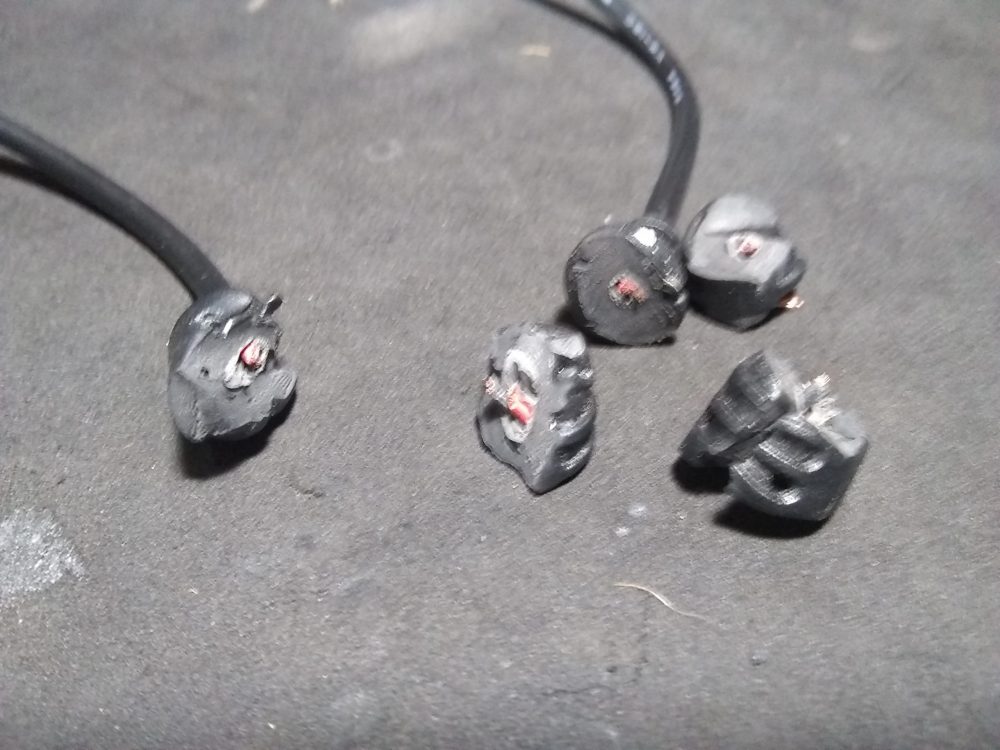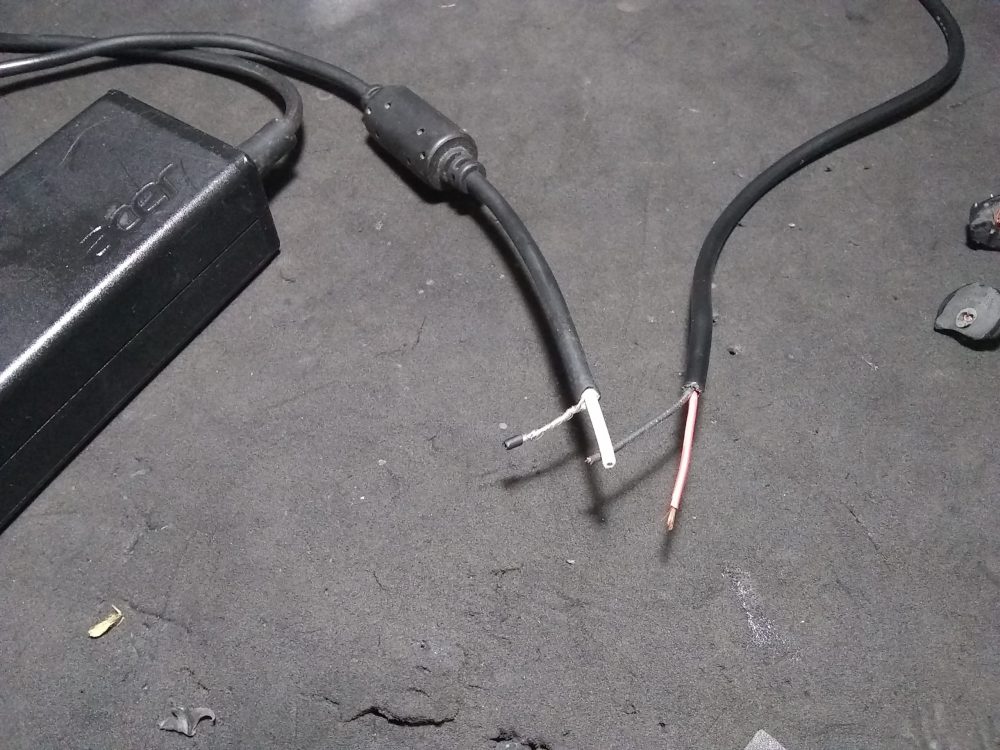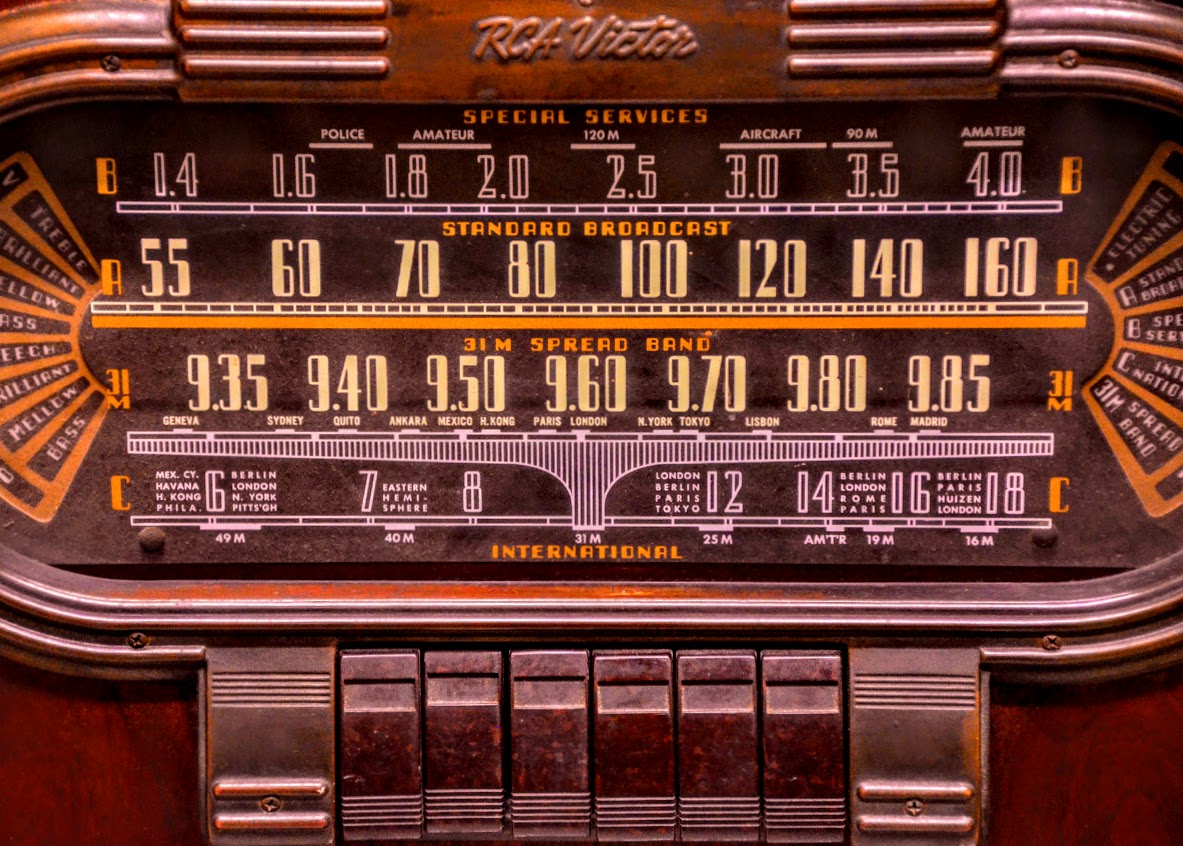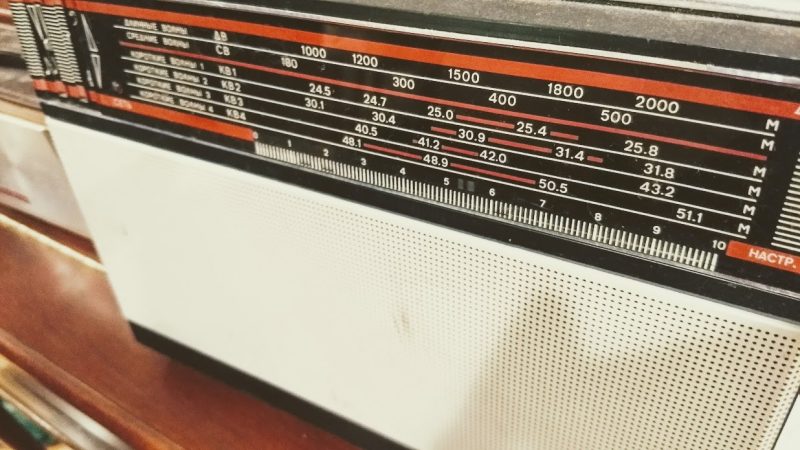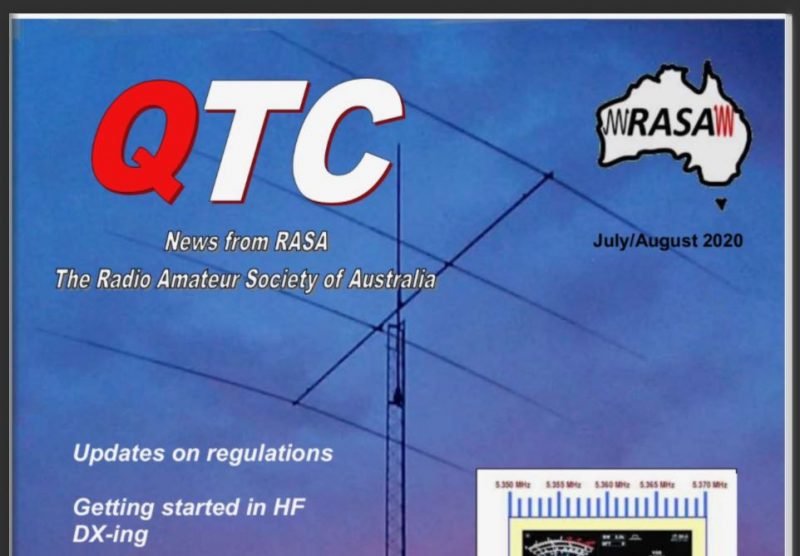I was contacted by Universal Radio yesterday afternoon with a tracking number for my Icom IC-705. It will arrive by Monday evening.
A number of SWLing Post readers in the US and UK have notified me that their IC-705s have also been shipped and a few have even been received already.
I’m really looking forward to checking out the IC-705. The preliminary reviews (overviews, really) have been pretty positive. I found the IC-7300 to be a fabulous rig and the IC-705 smacks of the ‘7300. The ‘705 even includes more features than the ‘7300 (multi-mode VHF/UHF, D-Star, Wifi, and built-in GPS to name a few) although lacks an internal tuner.
I’ve received more questions about IC-705 and the TX-500 than I have any other radios this year. Both, in many senses, are ground-breaking in their features, (and in the case of the TX-500) form-factor and build.
If I’m being honest, I was more excited about the TX-500 because it simply suits my field operating style better (my full TX-500 review will be in the Oct 2020 issue of TSM).
Since I haven’t received the IC-705 yet and haven’t read any truly detailed reviews or comparisons, I’m going to do something I’ve never done before and share a few of my personal predictions.
Predictions
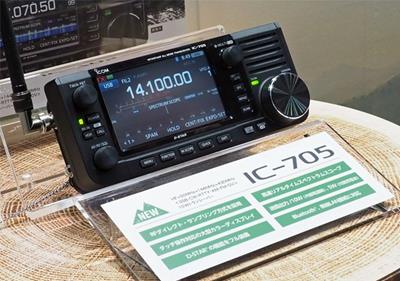 I’m human and can’t help but form a few expectations/opinions prior to a thorough rig evaluation. That and, having owned a number of their products, I’m very familiar with Icom as a company. I’ll probably regret this later, but here goes…
I’m human and can’t help but form a few expectations/opinions prior to a thorough rig evaluation. That and, having owned a number of their products, I’m very familiar with Icom as a company. I’ll probably regret this later, but here goes…
I suspect:
- I’ll like the touch screen display more than I think I will. I’m not a big fan of color backlit displays in field radios. I prefer simple high-contrast LCD displays that are readable in full sunlight. I’m hoping Icom will have optimized the IC-705 display for reading outdoors.
- I’ll be able to operate the radio without referring to the manual because I’m so familiar with the IC-7300.
- I’ll really miss having a built-in ATU on a rig in this price class. Feels like a missed opportunity, however seeing the inside of the IC-705, there really isn’t a lot of spare room. With that said, I plan to review the mAT-705 ATU compact external tuner and hope it’ll pair nicely.
- I’ll be disappointed with the amount of run time I’ll get from a fully-charged BP-272 battery pack. I really hope I’m wrong about this one. Icom did some serious engineering on the IC-705 to lower the amount of current needed in receive. We’ll see if that paid off and if it can compare, for example, to the run time I get from the rechargeable battery pack in my Elecraft KX2.
- I’ll be very pleased with some of its features like CW and Voice memory keying for POTA and SOTA activations.
- I’ll still find D-Star complicated to use even though, hypothetically, the IC-705 can connect directly to D-Star via WiFi. I hope I stand corrected on this point.
- I’ll struggle to find the perfect padded pack to house the radio. I’m a bit of a pack geek/snob and don’t really like the Icom LC-192 backpack. I’ve no intention to order it even though it’s designed to work with the radio. So while this doesn’t apply to 99% of my readers, it’s a big deal in my world. 🙂 I’m sure I’ll sort out a solution.
- I’ll feel some buyer’s remorse when, in 6 months, the IC-705 price drops a couple hundred dollars. That’s okay. I see it as taking a bullet for my readers (and, let’s face it, I love new radio gear). Plus, I’m banking on the notion that the IC-705 will make for a capable QRP EME transceiver.
- I’ll love the built-in digital recorder for making off-air shortwave broadcast recordings (although I do fear I’ll find the AM audio filter too narrow).
Again, these are completely off-the-top-of-my-head predictions and based on no hands-on time with th IC-705. Next week, I’ll start to see how many of these predictions are correct and how many I totally missed.
I can tell you this: I’m not sure I want to see the invoice from Universal Radio. It includes the IC-705, two Yaesu FT-60R HTs, and some Anderson PowerPole connectors! Although I’ve had the IC-705 on order for ages, I added the HTs and connectors at the last moment because they don’t seem very pricey when you’re already at the $1300 US mark, right–? (Shhhh! The FT-60Rs are a gift for my daughters who take their Technician test this weekend!)
How about you? Do you have an IC-705 on order? What are your predictions and thoughts? Please comment!

